Medical management and intensive therapy aid transition

Following surgery to relieve intracranial pressure from a spontaneous brain bleed, an 11-year-old boy spent two months recovering in Cleveland Clinic Children’s. With physical and occupational therapy, his condition improved, but his inability to follow directions or interact with therapists made him an unacceptable candidate for inpatient rehabilitation.
Advertisement
Cleveland Clinic is a non-profit academic medical center. Advertising on our site helps support our mission. We do not endorse non-Cleveland Clinic products or services. Policy
Instead, he was enrolled in the Minimally Aware Program (MAP) at Cleveland Clinic Children’s Hospital for Rehabilitation. There, his medications were adjusted to improve his alertness and awareness and he received intensive therapy focused on getting him to move, sit up, communicate, eat and sleep on a regular schedule.
After four weeks in the MAP, he had improved enough to start inpatient rehabilitation. Eventually, he began eating meals by mouth, helping dress himself, participating in schoolwork, walking and regaining his memory. After three months, he was discharged to home and continued therapy through the day rehabilitation program for another three months. One year after his cerebrovascular accident, he was walking, talking, joking, eating normally and attending school.
Children with severe brain injuries may not progress rapidly enough for admission to inpatient rehab, yet their parents may not be emotionally or physically prepared to take them home.
The MAP bridges this gap by providing the resources and environment children need to reach their potential, while ensuring their parents have the training, equipment and knowledge to eventually care for their child at home.
“We give these kids a chance to show us what they can achieve, with the hope of transitioning them to rehab,” says Erin Murdock, MD, the pediatric rehabilitation specialist spearheading the MAP. “At the same time, we provide intensive family training to help the shaken family cope with a child who has gone from fully functional to totally dependent.”
Advertisement
With insurance providers pushing for earlier discharges from acute care facilities, severely brain-injured children are often not ready to enter rehab when they leave the hospital. Yet most families are unprepared to manage these children at home. This is where the MAP steps in.
“We give the kids a chance to show whether they can make rapid improvement,” Dr. Murdock says. “We also put the right equipment and therapy in place so they can function to the best of their ability.
“We give parents time to learn appropriate management and educate them about the nuances of brain injury, so they are more confident managing their child,” she says. “Our goal is to decrease the problems they may encounter after discharge and lower the incidence of emergency department visits and re-hospitalizations.”
To transition to inpatient rehab, MAP patients must demonstrate weekly gains. Progress is measured differently than in a typical rehab setting.
“Can the patient tolerate us moving them around? Can we get them into a wheelchair? Can they stand? Blink? Follow us with their eyes? These seem like baby steps but are critical measures of improvement that must take place before a patient can go into rehab,” Dr. Murdock explains.
As a component of the Acquired Brain Injury Multidisciplinary Clinic, the MAP provides the full range of specialists needed to accelerate recovery following a brain injury. These include:
Advertisement
Patients’ families must commit to spending a minimum of four weeks with the MAP team, which remains their support system after the child goes home.
“We can’t change what happened medically, but we can make the process easier on the family and better for the patient,” says Dr. Murdock.
Patients receive therapy for three hours a day, or as long as they can tolerate. The family is taught to recognize signs that the patient is tiring and needs a break.
The program provides various options to help calm patients and ease discomfort, including frequency-specific microcurrent therapy and yoga, in addition to medications.
Acute-care providers may call Cleveland Clinic Children’s Hospital for Rehabilitation at 216-448-6035 to determine whether a patient qualifies for the MAP.
The minimum age is 15-16 months, or the pre-injury ability to walk and speak. The maximum age is 18, but there are exceptions.
A child must not be on intravenous medications. A permanent feeding tube is advised. Ventilator patients are accepted. “The goal is to wean them off, if possible,” Dr. Murdock says. “It’s one less piece of equipment the family must have at home.”
The usual length of time spent in the MAP is four weeks, but participation may be extended based on a patient’s needs and progress.
In addition to learning how to care for a child with medical challenges, parents are taught to adjust their expectations and appreciate progress made in small steps.
“Every piece of their child we can give back is a victory to be celebrated,” says Dr. Murdock.
Advertisement
Advertisement
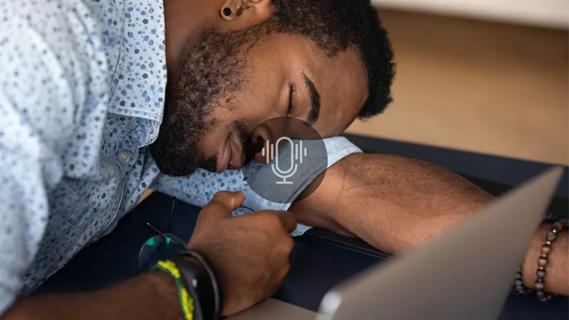
Testing options and therapies are expanding for this poorly understood sleep disorder
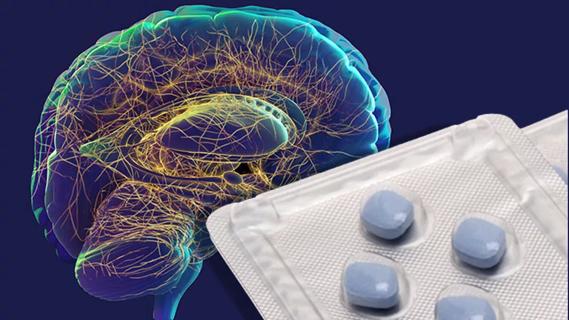
Real-world claims data and tissue culture studies set the stage for randomized clinical testing

Digital subtraction angiography remains central to assessment of ‘benign’ PMSAH

Cleveland Clinic neuromuscular specialist shares insights on AI in his field and beyond
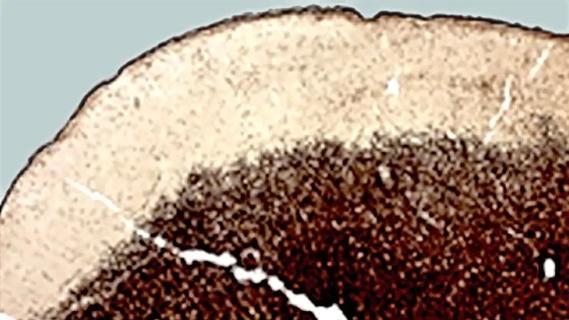
Findings challenge dogma that microglia are exclusively destructive regardless of location in brain
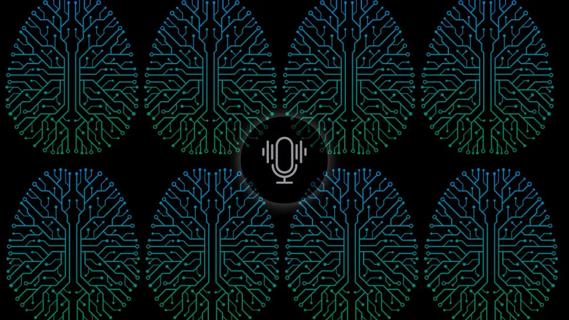
Neurology is especially well positioned for opportunities to enhance clinical care and medical training
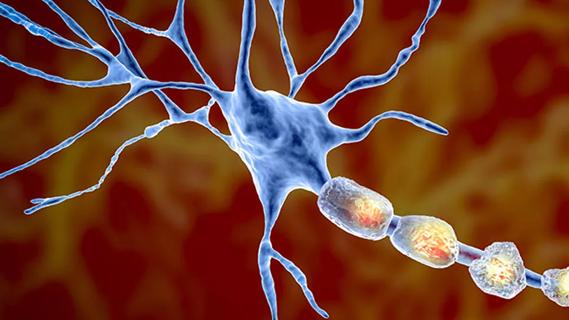
New review distills insights from studies over the past decade

Guidance from an expert on distinguishing — and co-managing — the disorders